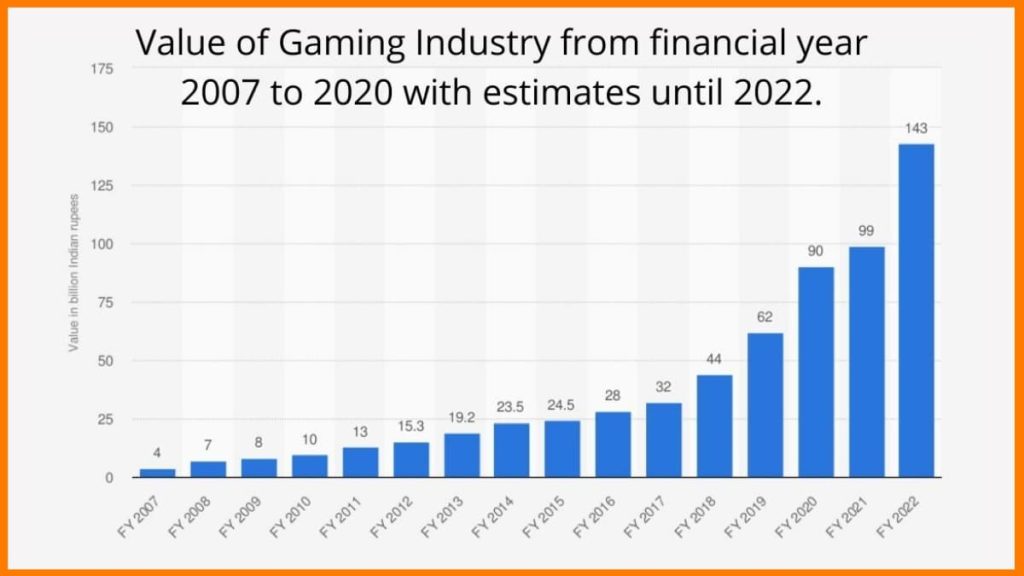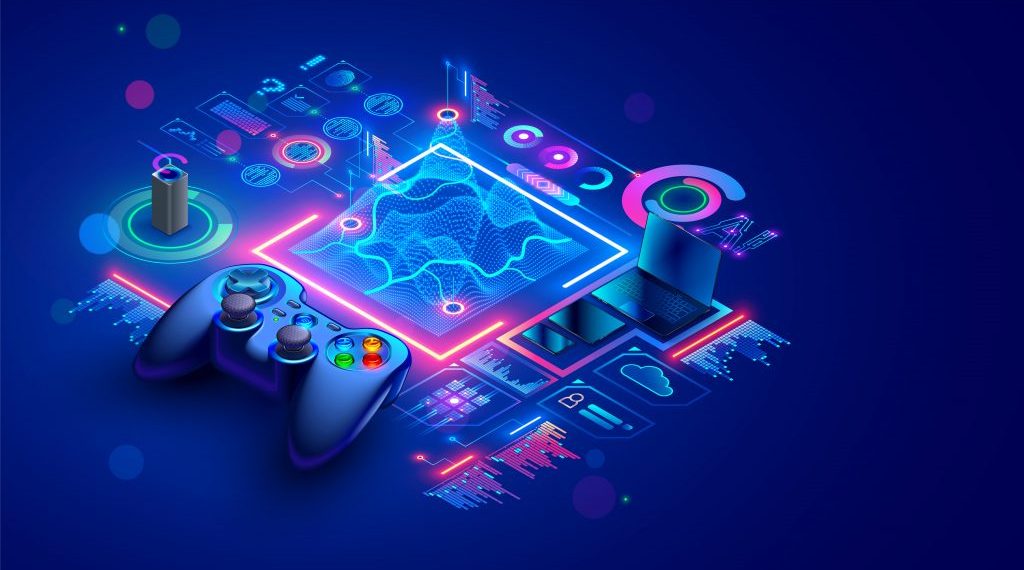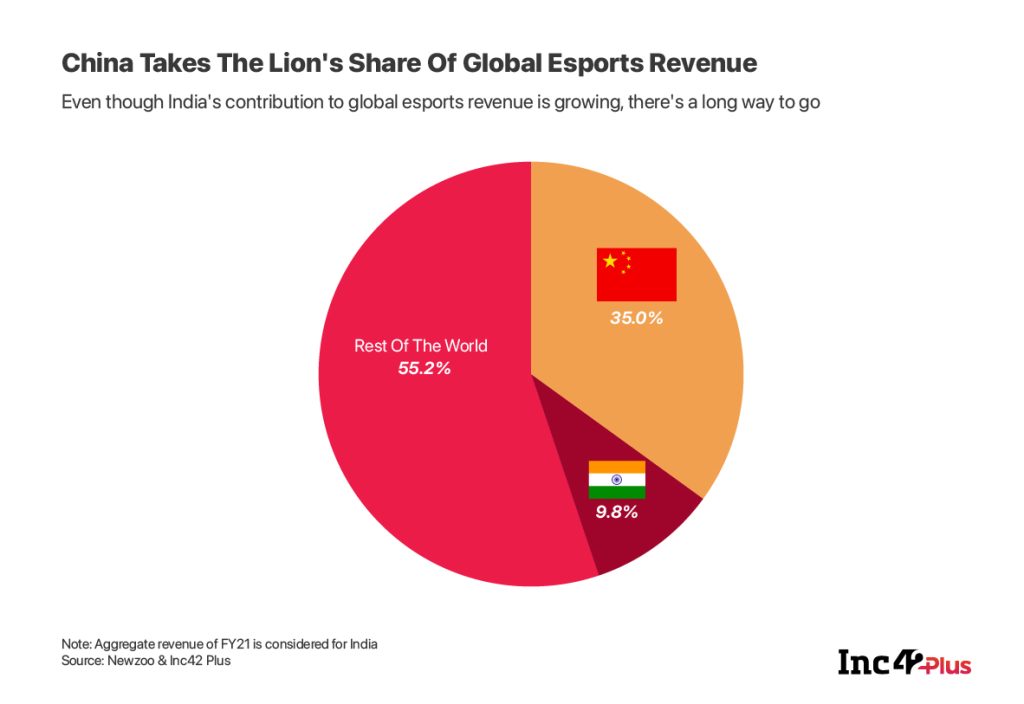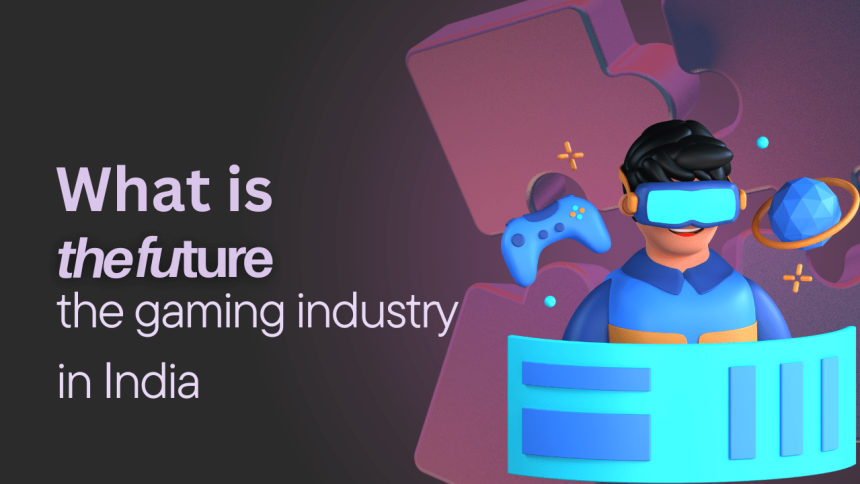Gaming in India is no longer just a recreational activity; it is rapidly becoming an integral part of the entertainment industry, with a promising future. As technology advances, and consumer behavior changes, the gaming industry in India stands on the brink of a revolutionary transformation. What started as a niche activity has expanded into a full-fledged industry, blending creativity, technological prowess, and entrepreneurship.
India is poised to be a key player on the global stage as innovations like cloud gaming, virtual reality (VR), augmented reality (AR), and blockchain-based gaming continue to disrupt the traditional paradigms of the gaming world. As these technologies develop, they present not only exciting opportunities but also critical challenges.
The Rising Demand for Gaming in India
The growing popularity of gaming in India can be attributed to several factors, including the increasing penetration of smartphones, affordable data services, and the rise of a tech-savvy young population. With over 500 million internet users and mobile gaming expected to surpass $3 billion in revenue by 2025, India’s gaming landscape is evolving rapidly.

However, gaming is no longer limited to casual mobile apps. Competitive gaming, also known as esports, is gaining significant traction. Indian gamers are beginning to see gaming as a viable career option, with esports tournaments offering substantial cash prizes, sponsorship deals, and international recognition.
Mobile Gaming as a Key Driver
India’s mobile-first economy is a key driver of the gaming industry’s expansion. With low-cost smartphones and affordable data plans, mobile gaming has become the most accessible form of entertainment for millions of Indians. Major gaming titles like PUBG Mobile, Free Fire, and Call of Duty: Mobile have contributed significantly to this growth, creating vibrant gaming communities across the country.
Additionally, mobile gaming’s success has led to the rise of local game developers who are creating games tailored specifically for Indian audiences. Titles like “Ludo King” and “Teen Patti” have enjoyed massive success due to their cultural relevance and local appeal.
Technological Advancements Fueling the Gaming Industry

The future of gaming in India is intertwined with technological advancements that are reshaping the way games are played, distributed, and monetized. Here are some key technologies that will continue to influence the gaming industry’s future:
Cloud Gaming and Streaming Services
Cloud gaming has the potential to revolutionize the way Indian gamers consume content. Instead of relying on expensive hardware, cloud gaming allows users to stream high-quality games directly to their devices via the internet. Services like Google Stadia and Microsoft’s Xbox Cloud Gaming are already available globally, and similar platforms are likely to gain traction in India as internet infrastructure improves.

The rollout of 5G in India is expected to be a major catalyst for cloud gaming. With faster and more reliable internet, gamers will be able to access high-quality games on any device, without the need for high-end gaming consoles or PCs. This shift will make gaming more inclusive, allowing a broader audience to participate in the gaming experience.
Virtual and Augmented Reality (VR & AR)
Virtual and augmented reality technologies are also expected to play a significant role in the future of gaming in India. These immersive technologies offer gamers new ways to interact with their virtual environments, creating more engaging and realistic gaming experiences. Although the adoption of VR and AR in India has been slower compared to Western markets, the falling costs of VR headsets and AR-enabled devices could accelerate growth in this sector.

Developers are already experimenting with AR games that integrate real-world elements into the gameplay. Pokémon Go, for example, saw tremendous success in India, and more such titles could emerge as AR technology becomes more sophisticated and widespread.
The Rise of Esports in India
One of the most exciting developments in the Indian gaming industry is the rapid growth of esports. The competitive gaming scene has garnered massive interest from both players and spectators, with major tournaments being broadcast on platforms like YouTube and Twitch.
Esports teams are now receiving sponsorships from major brands, and gaming influencers are becoming household names. The establishment of dedicated esports arenas and the formation of esports leagues in India reflect the seriousness with which this industry is being viewed.

Indian gamers, who were once passive consumers of international esports content, are now taking center stage, competing in international tournaments and representing the country at prestigious gaming events. The esports ecosystem in India is being supported by initiatives like the “Indian Gaming League” and “Nodwin Gaming,” which are actively working to create infrastructure and opportunities for aspiring professional gamers.
Government Support for Esports
Recognizing the potential of esports, the Indian government has started to show interest in developing policies that support the growth of the gaming industry. In 2021, esports was included as part of the multi-sport events under the Ministry of Youth Affairs and Sports, signaling its official recognition as a sport in India. This move is expected to further boost the industry by attracting investment and improving the overall ecosystem for competitive gaming.
Challenges Facing the Indian Gaming Industry
While the future looks bright for gaming in India, there are still several challenges that need to be addressed for the industry to reach its full potential.
Infrastructure and Internet Connectivity
Although India has seen significant improvements in internet connectivity over the past few years, there are still gaps in infrastructure, particularly in rural areas. High-speed internet is essential for activities like cloud gaming and esports, and the lack of reliable connectivity in certain regions could hinder growth.

The rollout of 5G is expected to mitigate some of these issues, but until then, the industry will need to find ways to bridge the digital divide.
Monetization and In-Game Purchases
Another challenge is the monetization of games in a market where consumers are not yet accustomed to paying for digital content. While in-game purchases and microtransactions are popular revenue models globally, Indian gamers tend to be more price-sensitive. Convincing users to spend on in-game items, skins, or premium subscriptions remains a challenge for developers.
As the Indian middle class continues to grow and disposable income increases, the market may become more favorable to these models. However, game developers will need to strike a balance between providing free content and offering value through premium experiences.
Opportunities Ahead: The Future of Gaming Industries in India
Despite the challenges, the future of the gaming industry in India is filled with opportunities. Here are some key trends to watch out for:
Localization of Content
As Indian gamers increasingly demand games that resonate with their cultural preferences, developers have an opportunity to create localized content that appeals specifically to this audience. From regional language support to culturally relevant storylines, localized games can attract a wider audience and foster greater engagement.
Women in Gaming
The Indian gaming industry has traditionally been male-dominated, but this is beginning to change. More women are entering the gaming world, both as players and developers. This shift presents an opportunity for the industry to cater to a more diverse audience, with games designed to appeal to different demographics.

Esports tournaments and casual gaming communities are seeing increased female participation, and game developers who embrace this change will be well-positioned to succeed in the future.
Blockchain and NFT-Based Games
Blockchain technology and non-fungible tokens (NFTs) are disrupting the traditional gaming model by giving players ownership of in-game assets. NFT-based games allow players to buy, sell, and trade virtual assets with real-world value. This trend has the potential to take off in India, where tech enthusiasts and gamers alike are eager to explore new ways to monetize their skills and investments.
Blockchain games also offer transparency and fairness, addressing concerns about cheating and fraud in online games. As blockchain adoption grows in India, the gaming industry will see new opportunities for innovation and revenue generation.
FAQs
What is driving the growth of gaming in India?
The growth of gaming in India is driven by factors such as the increasing penetration of smartphones, affordable internet access, and the rise of esports. Additionally, technological advancements like cloud gaming and VR/AR are contributing to the industry’s expansion.
How is the Indian gaming industry addressing challenges like infrastructure?
While infrastructure remains a challenge, the rollout of 5G and government initiatives to improve internet connectivity in rural areas are expected to help address these issues. The gaming industry is also exploring ways to provide content that requires lower bandwidth to reach a wider audience.
Is esports recognized as a legitimate sport in India?
Yes, in 2021, esports was officially recognized by the Indian government as part of the multi-sport events under the Ministry of Youth Affairs and Sports. This recognition is expected to boost the growth of esports in the country.
What role do women play in the future of gaming in India?
Women are becoming increasingly active in the Indian gaming industry, both as players and developers. The industry is beginning to cater to a more diverse audience, with games and esports tournaments seeing greater female participation.
What is the potential of blockchain and NFT-based gaming in India?
Blockchain and NFT-based gaming have the potential to revolutionize the gaming industry by allowing players to own and trade in-game assets with real-world value. As blockchain adoption grows in India, the gaming industry is expected to see new opportunities for innovation.
How is the gaming industry in India addressing monetization challenges?
Monetization remains a challenge in India, where gamers are often hesitant to pay for digital content. Developers are exploring different models, such as in-game purchases and premium subscriptions, while also providing value through free content to attract and retain users.
Conclusion
The future of the gaming industries in India is undeniably bright, with tremendous opportunities for growth, innovation, and cultural influence. As technology evolves, so too will the ways in which games are developed, played, and monetized. With the right infrastructure, government support, and creative vision, India is poised to become a global leader in the gaming world, offering a vibrant and diverse ecosystem that caters to the unique needs of its gamers.



